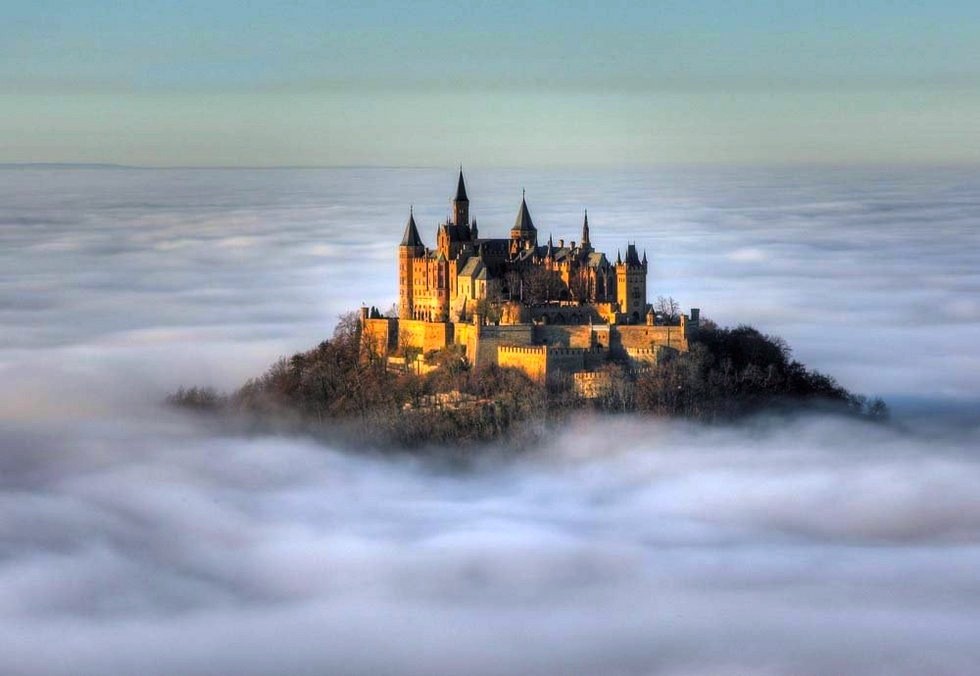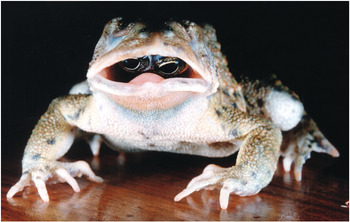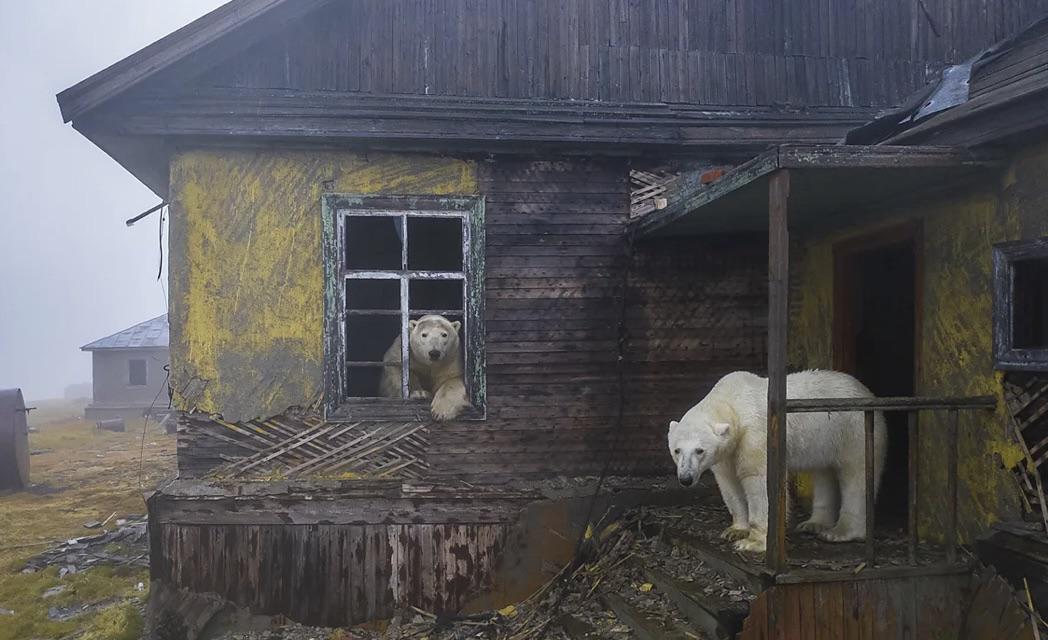In the freezing, unforgiving waters surrounding Antarctica, survival takes innovation—and the crabeater seal is living proof of that. Despite its misleading name, this sleek marine mammal doesn’t feast on crabs at all. Instead, its diet consists almost entirely of tiny, shrimp-like creatures called krill. So how does a large seal—some growing over 8 feet long—weighing up to 600 pounds—manage to live off such small prey?
The secret lies in its teeth. And they are nothing short of extraordinary.
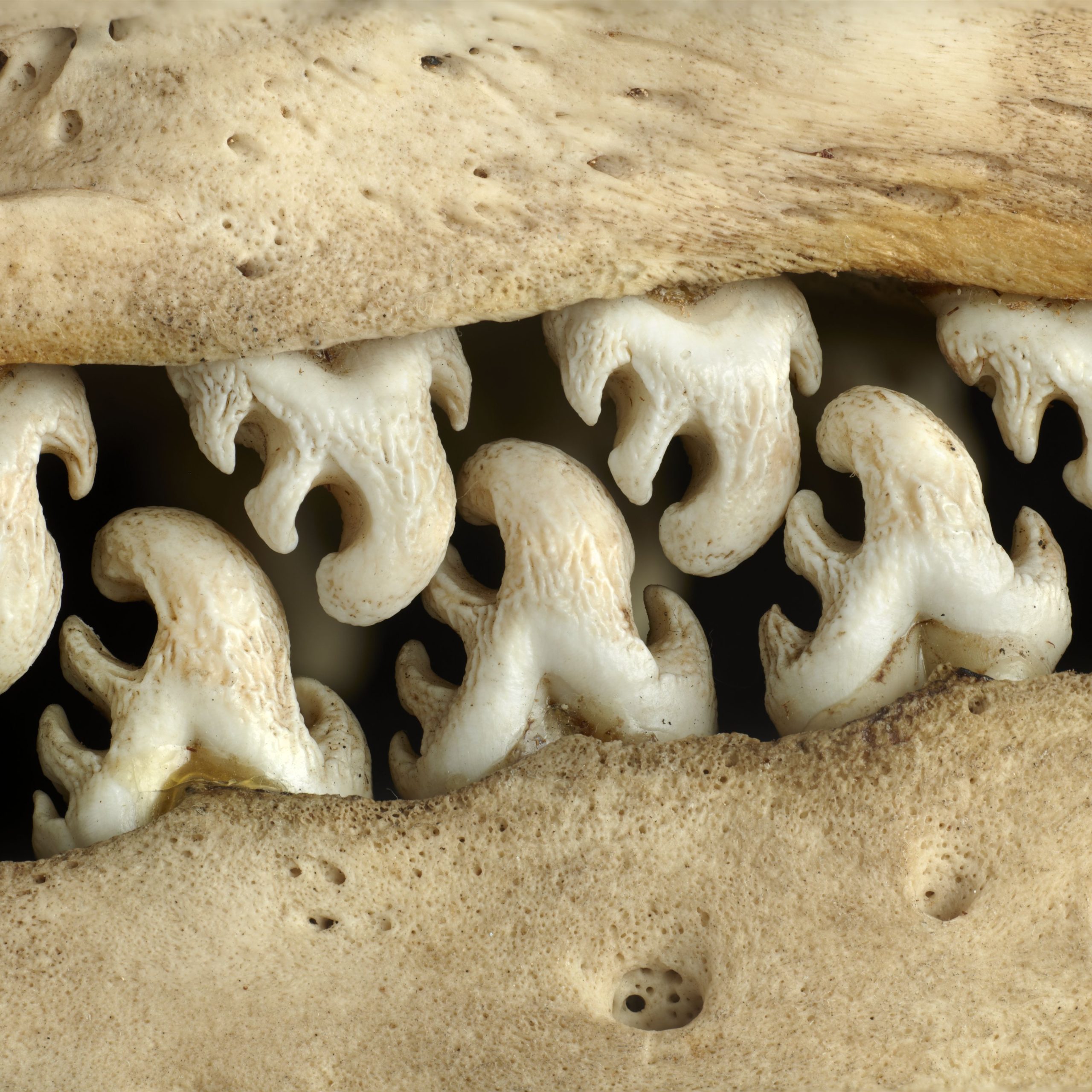
Crabeater seals possess interlocking, complexly cusped teeth, unlike anything seen in most other mammals. When viewed up close, the teeth appear jagged and almost net-like, with deep grooves and gaps that form a natural filtering system. They look a bit like a zipper made out of bone.
When the seal dives below the surface and opens its mouth, it gulps in water teeming with krill. Then, as it closes its jaws and presses its tongue to the roof of its mouth, the water is pushed out—but the krill remain trapped in the labyrinth of its teeth. It’s like having a built-in strainer that filters dinner from the sea.
It’s one of the most elegant examples of evolutionary specialization in the animal world.
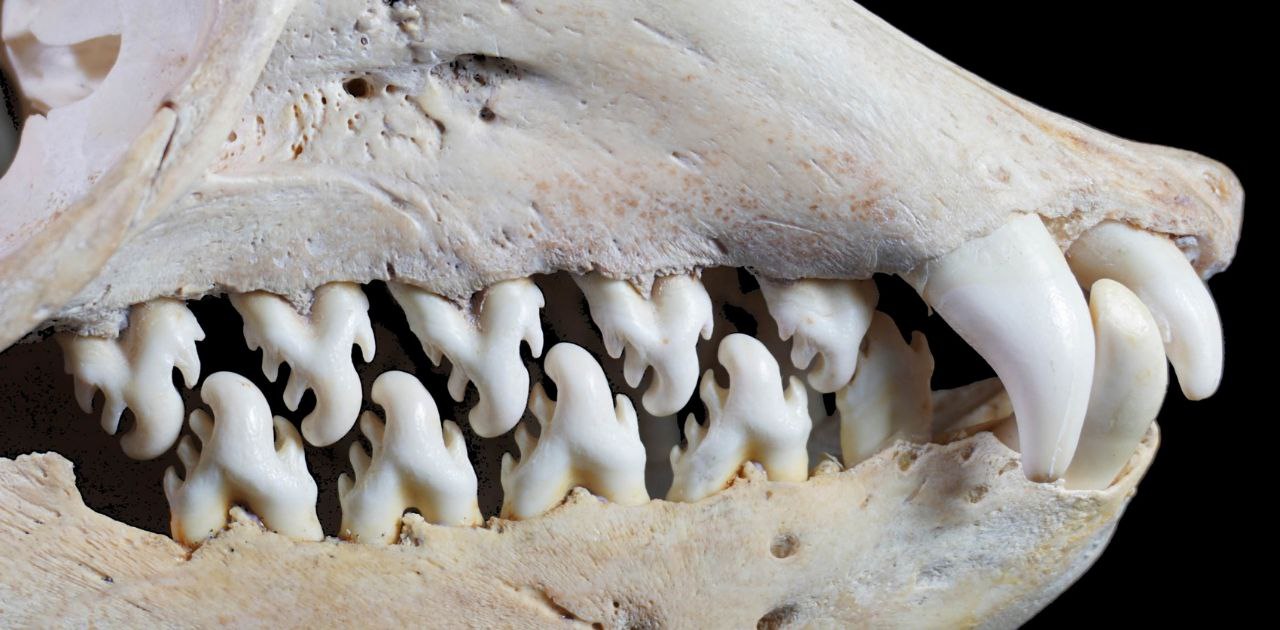
Crabeater seals are among the most abundant seal species on Earth, with estimates suggesting there are over 10 million of them in the wild. That’s no coincidence. Their diet of krill—found in massive swarms around the Antarctic—gives them a reliable food source, and their teeth allow them to harvest it with incredible efficiency.
Their name, though misleading, dates back to early explorers who assumed they must eat crabs. But the seal’s true genius wasn’t in its name—it was in its evolutionary design.
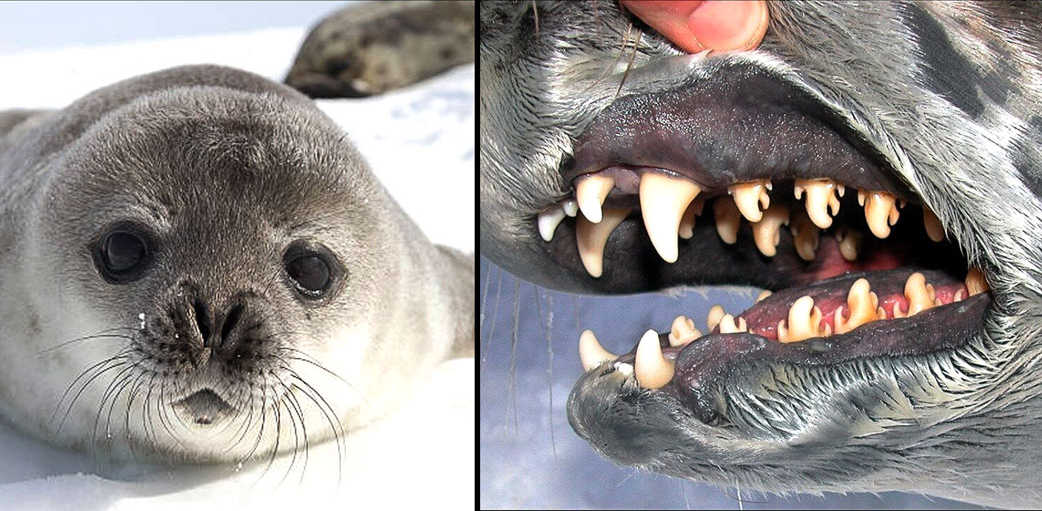
Crabeater seals spend most of their lives on the floating ice sheets that drift across the Southern Ocean. They are powerful swimmers and can dive for over 20 minutes at a time, navigating under ice in search of food. Their streamlined bodies and strong flippers make them perfectly adapted for life in one of the harshest climates on Earth.
But even here, survival isn’t easy. Leopard seals—another Antarctic predator—pose a constant threat, especially to young pups. Yet, despite these dangers, the crabeater seal population has thrived, in large part because of their ability to efficiently consume one of the most abundant food sources in the region.
The teeth of the crabeater seal might seem like a strange thing to marvel at, but they’re a perfect example of how evolution solves problems in the most surprising and effective ways. Instead of claws or fangs, these seals were given a sieve in their mouth—and it has allowed them to dominate one of the most extreme ecosystems on the planet.
Next time you think of seals, forget the circus tricks and clapping flippers. Picture the cold, silent depths of the Antarctic Ocean—and a seal gliding through the icy water, filtering life from the sea with a set of teeth built like a living machine.
In those teeth lies an entire story of adaptation, survival, and the quiet brilliance of nature.

